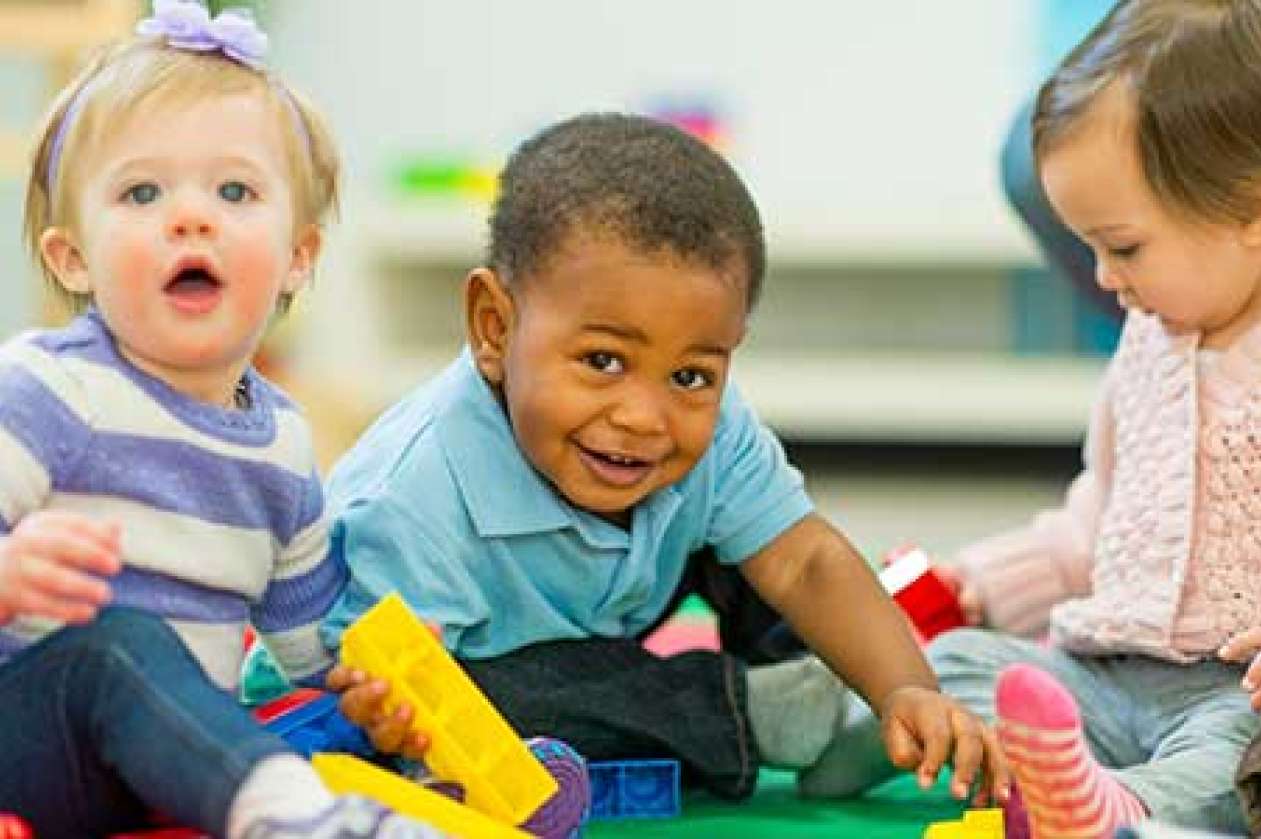
Active play for preschoolers
Young children learn by doing, and “active play” includes both structured and unstructured activities. If there’s been a snowfall and children play in the yard piling up the soft snow and rolling down the pile, that’s unstructured play. Later, when the weather warms a bit, they find that the snow has become sticky and they can create snowmen. This is also unstructured.
Structured play is when an adult creates a stimulating environment and children are encouraged to explore. But what can be defined as “structured” differs depending on the age of the child.
Structured play for preschool children
Preschool children (up to 5-years-old) learn best when there is no “teaching” of skills directly because, cognitively, they struggle with rules. For younger children, structured play means providing rich stimulating environments both indoors and out. A stimulating indoor space provides different types of balls, cones, skipping ropes, hoops, low balance beams, soft and hard surfaces, and small climbing structures.
Adults support the children’s exploration by being active role models: engaging in the play themselves and demonstrating different ways of playing. For preschool children, it’s not essential that they throw a ball with the correct arm and body movements. Instead, it’s important that they are confident about throwing and rolling balls in a variety of different ways: short and long distances, into a garbage can, over a bookshelf, across the floor. Technical throwing skills will develop when children are older, as long as they’ve learned that they can have fun doing it!
A stimulating outdoor space for preschool children includes playground equipment (swings, climbers, ropes, and so on) but can also be a natural environment with hills to climb up and roll down, small ditches to jump over, low walls to walk along, steps to jump from, and piles of leaves to throw and jump into. The outdoors provides opportunities for children to learn to move through the different environments of snow, ice, water, ground, and air.
Note: This is an excerpt from Dawne Clark’s article, Active play experiences help young children develop physical literacy






I would like to go on any mailout on information you have. I look after a local council PreSchool programme – with a variety of classes from crawlers to 4 years old children.
Lynda, all of our information is available on the website. You can sign up to receive our monthly e-newsletter if you want; you can do that by adding your email address in the sign-up field, which can be found in the top right corner of every Active for Live web page. Thanks for your interest.